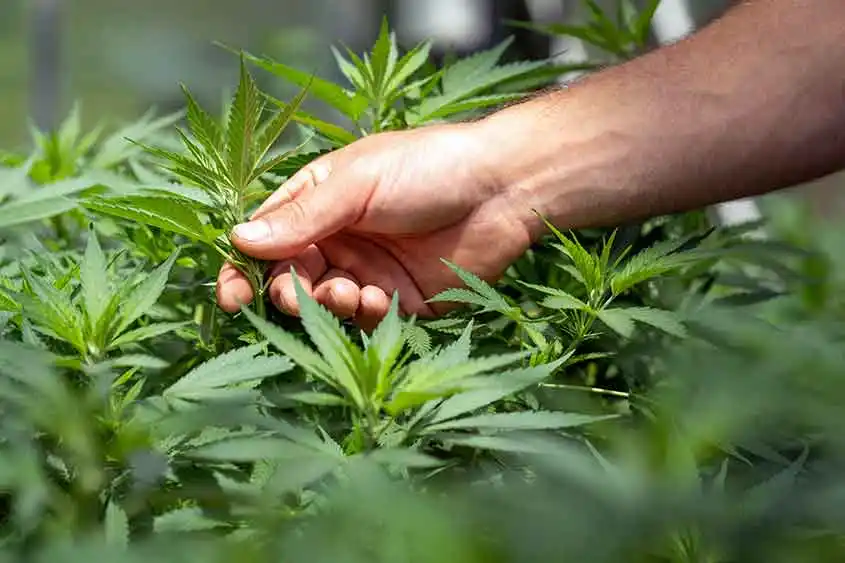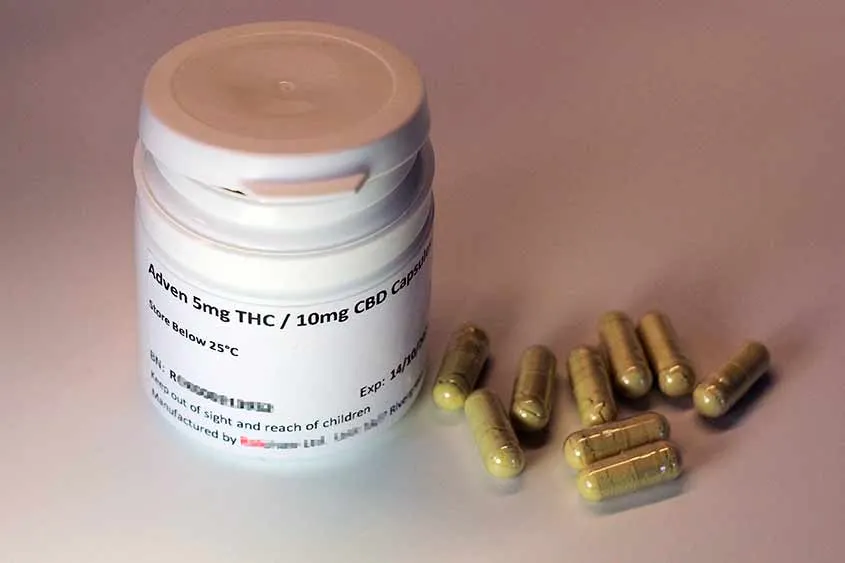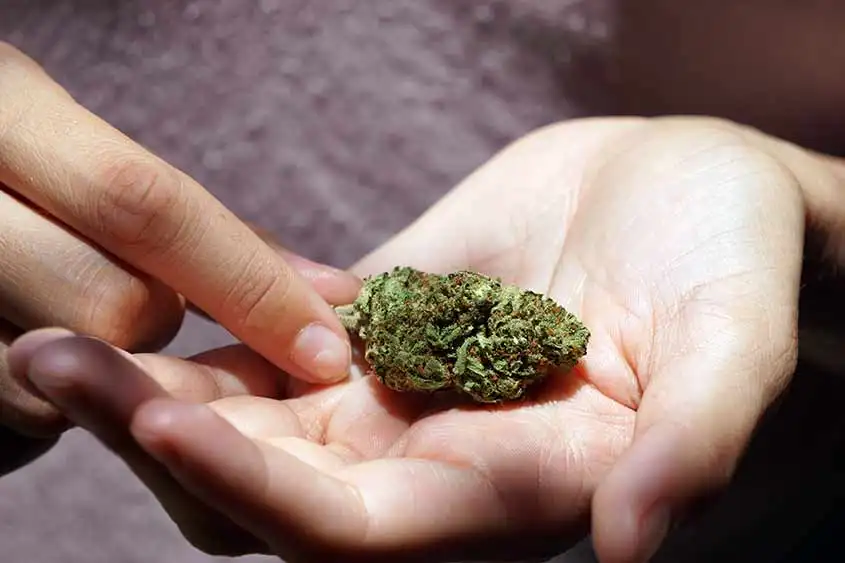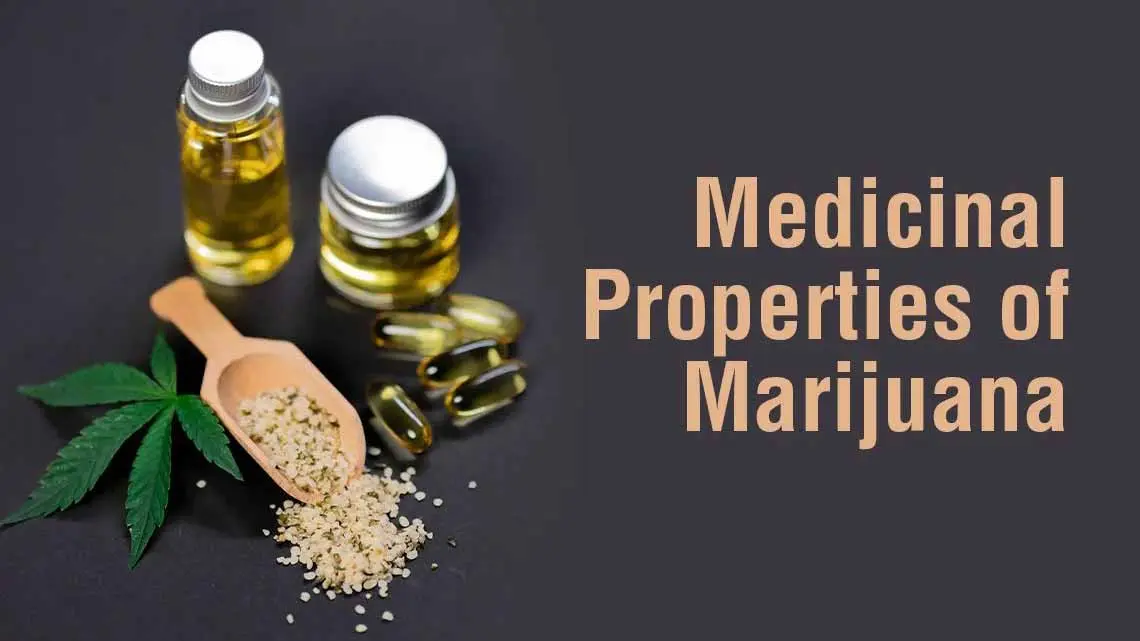One of the burning questions US-based physicians are being asked across the states is regarding medicinal marijuana as an effective treatment. Increasing curiosity about the safety and effectiveness of marijuana as a medicine reflects the broader discourse on the subject. This surge in interest is partly due to the shifting legal landscape. Today, many states are relaxing regulations around marijuana for both medicinal and recreational use. Kansas City, like many other regions, finds itself at the intersection of scientific inquiry, legal adjustments, and public interest. As a result, we have a pressing need for clear, evidence-based information on the subject.
Despite marijuana being known to humankind for several centuries, its role as a therapeutic agent remains shrouded in controversy and uncertainty. The plant has been utilized in various cultures for its medicinal properties. However, modern science and medicine have only recently begun to uncover the complex interactions between its components and the human body. The lack of definitive research and varying legal statuses contribute to the confusion surrounding marijuana’s medical use. This blog aims to provide a comprehensive overview of marijuana’s medicinal uses. Moreover, we will look at the properties of its active compounds, and the associated risks. It will clarify some of the misconceptions and provide a more grounded understanding of this ancient yet modern medicine.
About Marijuana

Composition and Cannabinoids
Marijuana is a plant that has been used for its medicinal and recreational properties for thousands of years. The plant contains over 60 different cannabinoids. Cannabinoids, as we know are chemical compounds that interact with the body’s endocannabinoid system. This system plays a crucial role in regulating various physiological processes, including pain, mood, appetite, and memory. Among these cannabinoids, tetrahydrocannabinol (THC) and cannabidiol (CBD) are the most well-known and extensively studied.
THC and CBD: Psychoactive vs. Non-Psychoactive
THC is the primary psychoactive component of marijuana, responsible for the “high” that users experience. It works by binding to cannabinoid receptors in the brain, particularly the CB1 receptors. These receptors affect neurotransmitter release and alters normal brain communication. This interaction can lead to euphoria, altered sensory perception, and impaired memory and coordination. On the other hand, CBD is a non-psychoactive component that does not produce a high. It has gained popularity for its potential therapeutic effects, such as reducing anxiety, alleviating pain, and combating inflammation. It does so without the intoxicating effects associated with THC.
Methods of Consumption
The way marijuana is consumed can significantly influence its effects and efficiency. Inhalation methods, such as smoking or vaping, allow cannabinoids to enter the bloodstream quickly through the lungs, leading to almost immediate effects. This method is often preferred for conditions requiring rapid relief, such as acute pain or nausea. Edibles, which involve consuming marijuana-infused food or beverages, provide a slower onset of effects. After all, the cannabinoids must pass through the digestive system before entering the bloodstream. This method results in a prolonged duration of action, making it suitable for chronic conditions. Additionally, oral cannabinoid extracts, such as tinctures or capsules, offer a controlled and precise dosage. So, they can be beneficial for medical use where consistent and reliable dosing is crucial.
The Importance of THC to CBD Ratio
The clinical effectiveness and potential side effects of marijuana largely depend on the ratio of THC to CBD. Strains with high THC content and low CBD are more likely to produce strong psychoactive effects. Also, they may be more effective for conditions like chronic pain and muscle spasticity. However, these strains also carry a higher risk of side effects, such as anxiety, paranoia, and cognitive impairment. Conversely, strains with higher CBD content and lower THC are less likely to cause psychoactive effects. Understandably, they are often chosen for their potential to provide therapeutic benefits without significant impairment. This makes them a popular choice for treating conditions like epilepsy, anxiety, and inflammatory disorders.
In summary, the diverse range of cannabinoids found in medicinal marijuana (and their effects) highlight the importance of understanding the specific properties of THC and CBD.
In summary, the diverse range of cannabinoids found in marijuana directly affect its medical uses. It is crucial to understand the specific properties of THC and CBD to use medicinal marijuana effectively.
The method of consumption and the THC to CBD ratio are crucial factors. They influence the safety, effectiveness, and overall experience of using marijuana as a medicine. As research continues to uncover the complexities of these interactions, it will pave the way for more targeted and effective therapeutic applications of marijuana.
Uses of Marijuana

FDA-Approved Cannabinoids
Presently, there are two FDA-approved cannabinoids available in the US for specific medical conditions. Dronabinol (Marinol®) and nabilone (Cesamet®) are prescribed in pill form and are primarily indicated for refractory chemotherapy-induced nausea and vomiting. Additionally, nabilone is also approved for the treatment of AIDS-associated wasting and spasticity caused by spinal cord injury. These medications provide relief for patients undergoing chemotherapy and those suffering debilitating symptoms associated with AIDS and spinal injuries.
Emerging Marijuana-Based Medications
Various other marijuana-based medications have been approved or are undergoing clinical trials in the US. One such medication is Nabiximols (Sativex®), available in the UK, Canada, and many European countries. Sativex® is indicated for treating the spasticity and neuropathic pain associated with multiple sclerosis. It is administered via a mouth spray and contains a combination of THC and CBD. This is a novel therapeutic option for patients with multiple sclerosis.
CBD-Based Medications
The FDA has also approved a CBD-based liquid medication named Epidiolex®. It is used for the treatment of specific forms of chronic childhood epilepsy, including Dravet syndrome and Lennox-Gastaut syndrome. Epidiolex® is delivered to patients in a reliable dosage form and via a reproducible route of delivery to ensure consistent therapeutic effects. This medication represents a significant advancement in the treatment of epilepsy. It provides hope for patients and families affected by these severe and treatment-resistant seizure disorders.
Ongoing Research and Development
Despite the advancements in marijuana-based medications, there is still much research required to optimize dosing and delivery routes for maximum therapeutic benefit. Continued clinical trials and studies are necessary to explore the potential uses of medicinal marijuana. We suspect it will soon play a key role in treating various medical conditions and to better understand its mechanisms of action. Additionally, ongoing research will help identify potential side effects, drug interactions, and long-term implications of using marijuana as a medicine. By expanding our knowledge and evidence base, we can further harness the therapeutic potential of marijuana and improve patient outcomes in the future.
Medicinal Properties of Marijuana

The potential medicinal attributes of marijuana and its constituents have indeed been the subject of extensive research and debate for many years. Some tout its efficacy in treating a wide range of conditions, from chronic pain to epilepsy. On the other hand, others remain skeptical, citing concerns about its safety and efficacy. Despite this ongoing discourse, a definitive consensus regarding marijuana as a medicine has yet to be reached.
THC: The Primary Psychoactive Compound
One aspect that has emerged from the research is the distinct medicinal properties associated with specific cannabinoids, notably tetrahydrocannabinol (THC) and cannabidiol (CBD). THC, the primary psychoactive compound in marijuana, has demonstrated significant medical benefits in certain formulations. Its ability to alleviate pain, reduce nausea and vomiting, stimulate appetite, and ease muscle spasms has led to its approval for medical use in various jurisdictions. For individuals suffering from conditions such as cancer, HIV/AIDS, multiple sclerosis, and chemotherapy-induced nausea, THC-based medications have provided much-needed relief and improved quality of life.
CBD: The Non-Psychoactive Counterpart
On the other hand, CBD, while widely touted for its potential therapeutic applications, does not possess the same psychoactive properties as THC. Despite this, CBD has garnered attention for its anti-inflammatory, anti-anxiety, and neuroprotective effects. However, research into CBD’s efficiency medicinal marijuana has yielded mixed results. Some studies suggest limited benefits for certain conditions. Nevertheless, CBD-based medications, such as Epidiolex®, have gained FDA approval for the treatment of specific forms of epilepsy. They’ve provided hope for patients and families affected by these debilitating disorders.
Beyond THC and CBD: Exploring Other Compounds
It’s worth noting that the therapeutic potential of marijuana extends beyond THC and CBD. Other cannabinoids, terpenes, and flavonoids also contribute to its medicinal properties. However, much of the research in this area is still in its infancy. Further studies are needed to elucidate the full spectrum of effects and potential therapeutic applications of these compounds.
The Need for Continued Research
There have been promising findings surrounding certain cannabinoids However, the lack of consensus regarding marijuana as a medicine underscores the need for continued research. We need rigorous clinical trials, and evidence-based medicine to secure medical marijuana into the mainstream. While anecdotal reports and preliminary studies may offer insights into its potential benefits, a robust scientific understanding is essential to ensure safe and effective medical treatment. As researchers strive to unravel the complexities of marijuana’s medicinal properties, patients, healthcare providers, and policymakers must remain vigilant in their pursuit of knowledge and evidence-based practices.
Risks of Using Marijuana as a Medicine

Smoking and Inhalation Risks
One of the primary concerns associated with using marijuana as a medicine is the risk posed by smoking and inhalation methods. Smoking marijuana involves inhaling toxic compounds and carcinogens, which can damage the respiratory system and increase the risk of respiratory infections, bronchitis, and lung cancer. Additionally, smoking marijuana may exacerbate existing respiratory conditions, such as asthma, and impair lung function over time. While alternative methods of consumption, such as vaporization or edibles, mitigate some of these risks, they may not be suitable for all patients or conditions.
THC-Induced Cognitive Impairment
Another significant risk of using marijuana as a medicine is the potential for THC-induced cognitive impairment. THC, the psychoactive compound in marijuana, can impair cognitive function, memory, attention, and motor coordination, particularly at higher doses. This impairment may pose safety concerns, especially when driving or operating heavy machinery, and can impact daily functioning and productivity. Furthermore, long-term or heavy use of marijuana with high THC content may increase the risk of developing cannabis use disorder. The disorder is characterized by dependence, withdrawal symptoms, and negative consequences on mental health and well-being.
Long-Term Health Implications
The long-term impact of marijuana use, particularly among vulnerable populations such as senior citizens or individuals with underlying health conditions, remains poorly understood. Limited research exists on the effects of chronic marijuana use on conditions like cancer, AIDS, cardiovascular disease, multiple sclerosis, and other neurodegenerative diseases. Concerns arise regarding potential interactions between marijuana and existing medications, as well as the effects of marijuana on disease progression and symptom management. Additional research is needed to determine whether individuals with compromised immune systems or chronic health conditions are at higher risk of experiencing negative health effects from marijuana use.
Recommendations for Safe Use
Until further research elucidates the risks and benefits of marijuana as a medicine, it is essential for patients to exercise caution and follow medical advice. Patients should consult with healthcare professionals to assess their individual risk factors, determine appropriate dosages and administration methods, and monitor for adverse effects. Moreover, patients should adhere to state regulations and guidelines regarding medical marijuana use and consult with their healthcare provider regarding potential drug interactions and contraindications. By taking these precautions, patients can mitigate the risks associated with using marijuana as a medicine and maximize its potential therapeutic benefits.
Conclusion
In conclusion, while marijuana shows promise as a medicinal agent, its integration into healthcare demands careful consideration of benefits and risks. Continued research, adherence to medical guidelines, and collaboration among stakeholders are imperative for ensuring safe and effective usage. Consulting healthcare professionals and relying on evidence-based practices are essential for patient safety. As we navigate this evolving landscape, cautious exploration of marijuana’s medicinal properties, including dosage, delivery methods, and patient characteristics, is crucial. Through collaborative efforts, we can optimize its therapeutic potential while minimizing associated risks, ushering in a more informed and responsible approach to incorporating marijuana into modern medicine.
Consult a healthcare professional before using cannabis products; the advice provided is not a substitute for medical guidance.

